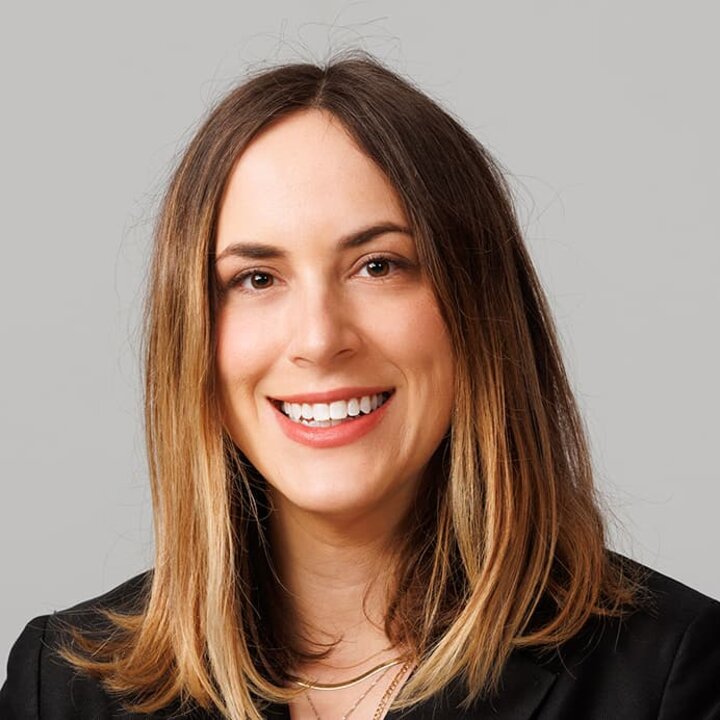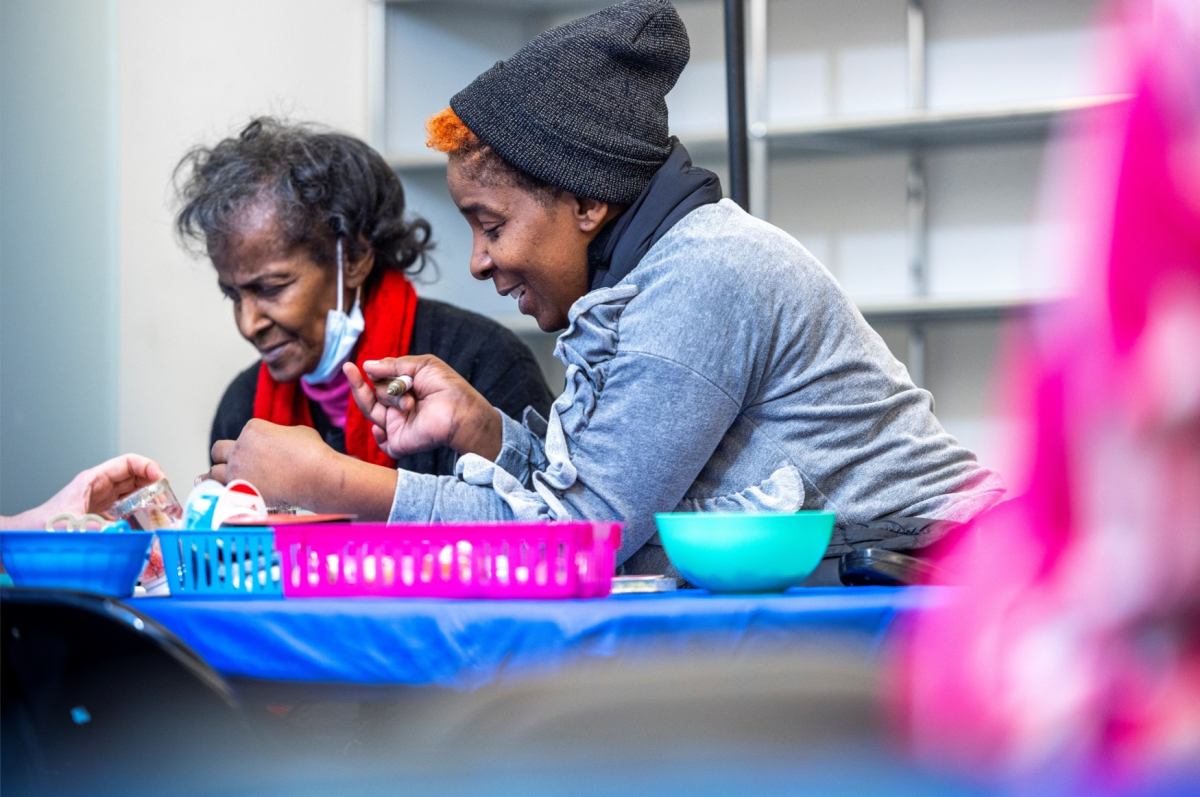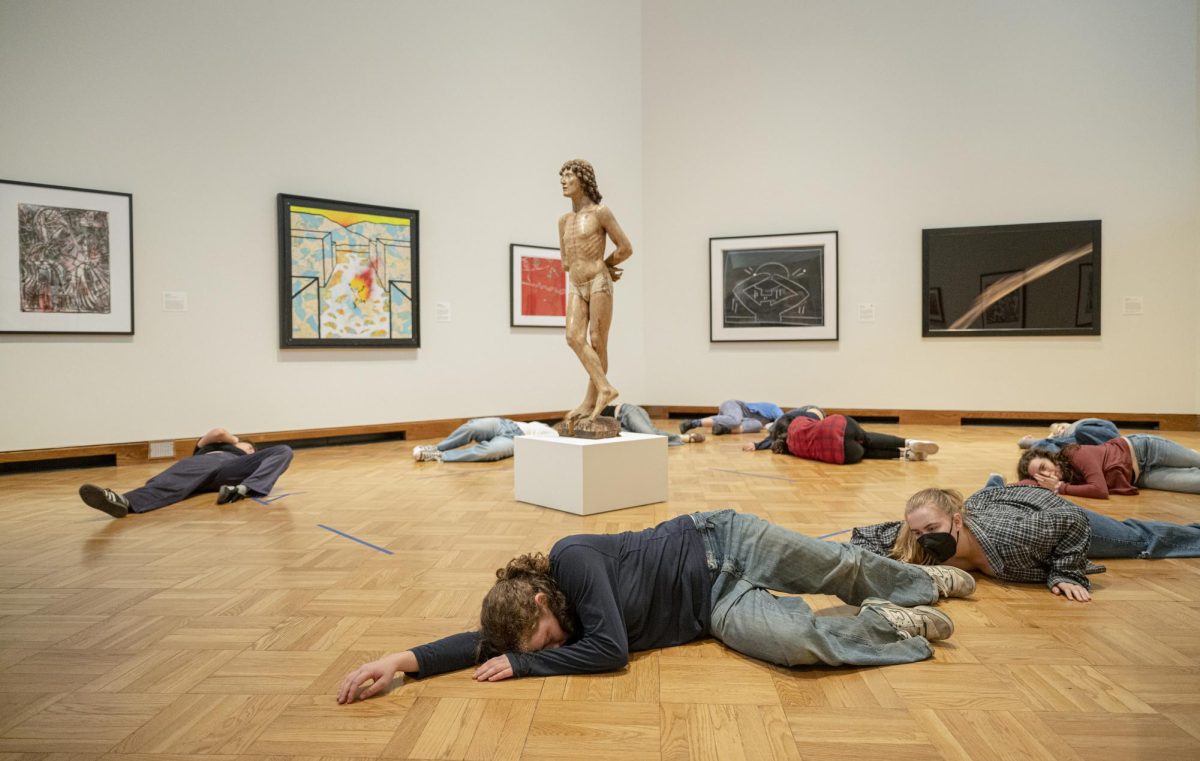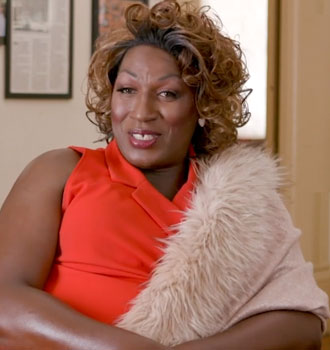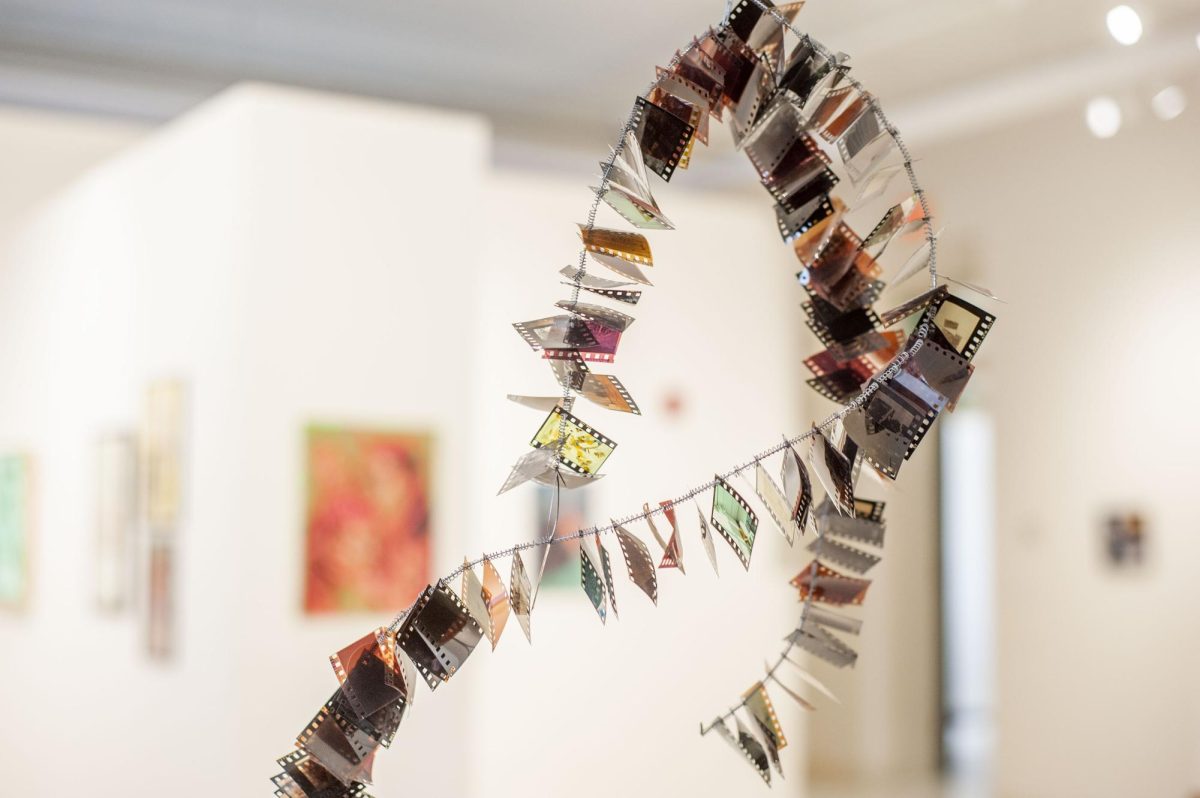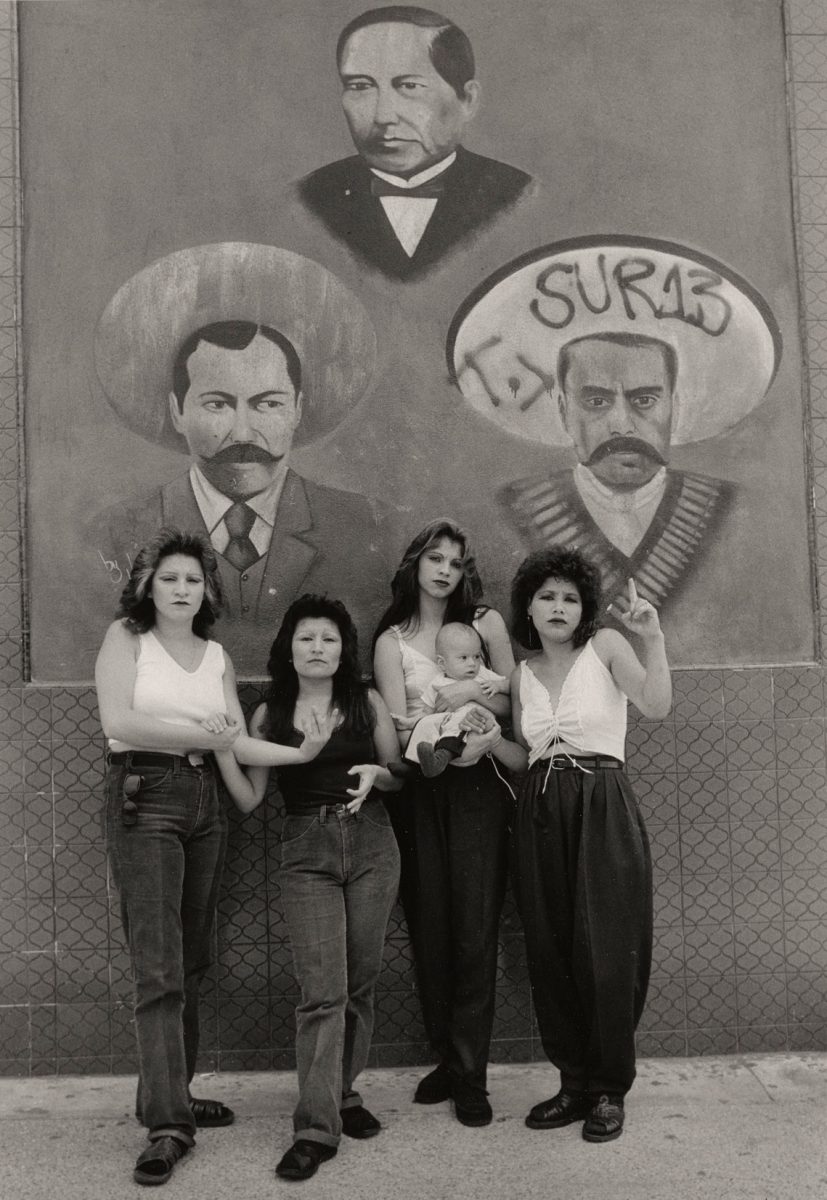On Tuesday, Nov. 5, the Center for Student Success will present “34 Ways to Engage with a Patient,” a collaboration with Career Exploration and Development and the Allen Memorial Art Museum. This event is part of a series that the CSS is developing based on CliftonStrengths, a list of 34 themes grouped into one of four categories: strategic thinking, relationship building, influencing, and executing. The CliftonStrengths assessment provides a report of an individual’s top five strengths which they can use to succeed in the workplace and in leadership.
“We encourage people to think about developing their top five [CliftonStrengths], being cognizant of them, and growing those skills,” Rebecca Morrow, assistant dean for student affairs, said. “It’s useful for teamwork, which is relevant in the health professions field. You’re going to be working in a team no matter what you’re doing in healthcare, and so you can then see where other people have strengths that complement your own.”
In “34 Ways to Engage with a Patient,” Emily French, interim curator of academic programs at AMAM, will guide students through exercises using a selection of artwork to enhance skills that are valuable in the field of medicine. These exercises are intended to give pre-medical students an opportunity to learn through art, a practice that over 125 medical programs nationwide incorporate into their curriculum. French emphasizes the skills that students will be able to practice through careful observation, analysis, and reflection of art that they can then apply to the fields of medicine and healthcare.
“We’ll start with an exercise on perception thinking about, [for example], how long do museum visitors spend looking at something?” French said. “How long do doctors spend talking with a patient? We’ll start with a work of art and have students think, what can you take in during 20 seconds? Can you describe to your partner what you’ve seen in that time? [We will practice] those close observation and description skills that people in medical fields are using every day. We’ll also think about visual clues. We’ll have four images of the same saint [that] students will get to explore and think about the impact of this event on these four different images. How might you approach these as four different patients? We’ll also practice some observation and hypothesis-making skills… [creating a] diagnosis parallelism.”
As defined and adopted by the Accreditation Council for Graduate Medical Education and the American Board of Medical Specialties, the six general competencies for practicing physicians include medical knowledge, patient care and procedural skills, professionalism, interpersonal and communication skills, systems-based practice, and practice-based learning and improvement. A 2020 report by the Association of American Medical Colleges asserts that the integration of arts and humanities within medical education will ideally result in these competencies. Furthermore, the report finds that “the vast majority of U.S. medical schools have incorporated arts and humanities to varying degrees.”
“I’ve read a little bit about those course descriptions, and I think a lot of the goals of those courses are somewhat similar in that we’re talking about: How do you think about a patient in a different way?” Samantha Rohner, assistant director for career readiness, said. “For students who are in medical school, there’s a lot going on. You know, taking an elective in art is probably a relief or something fun for them, but they’re still relating it back to the medical school experience they’re learning.”
According to Morrow, gaining experience in observing and understanding art as a means of building professional skills is a way to stand out to medical schools.
“Thinking about medical school interviews and how you distinguish yourself from this set of candidates who are all academically well prepared, it gives you more of a well-rounded [background],” Morrow said. “It can be something to talk about in those interviews — that you’ve already experienced something that might be part of the curriculum, different from other students who may not have the privilege of having an art museum on campus.”
Morrow also explained that through a perspective of getting to understand CliftonStrengths, students are able to foster skills that are important in certain specializations within medicine. Although the list of 34 themes is non-exhaustive, the top five themes that each individual is given allows insight into which areas of the workplace they can best succeed in, as well as which areas to focus on improving in.
“If you want to go and be a primary care specialist, for example, you have to have conversations with your patients that may be difficult to broach,” Morrow said. “That relationship building domain might be important for someone in that field, but if you’re strong in the executing domain, maybe you want to think about emergency medicine. If you’re [strong in strategic thinking], maybe you think about going into pathology. There are ways to think about what your inherent skills are and apply that to what might be a good fit for you in terms of being happy in your career.”
Although the event revolves around perceiving and interpreting artworks, Rohner encourages all students who have an interest in medicine or healthcare to attend, not just the art-inclined.
“There are going to be some things in this session that may surprise and challenge them and stretch what they imagine,” Rohner said. “Hopefully, they will be able to get the full value of it. I would encourage everyone, whether you have an art interest or not, to come and see what it’s all about.”








